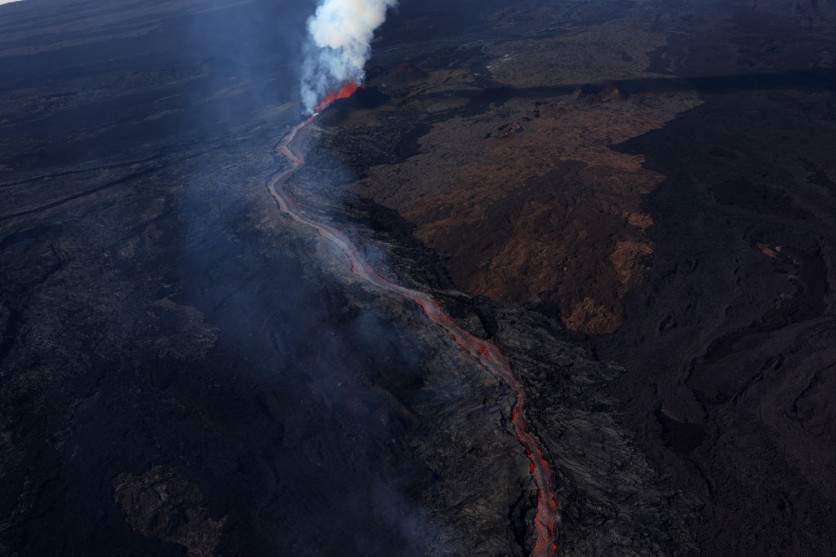Exploring Hawaiian caves may be the key to finding signs of life on Mars, according to a recent study by NASA researchers.

Life from Mars on Mauna Loa?
In 2019, a team of researchers from NASA and other institutions, including undergraduate researcher Chloe Fishman, visited the Mauna Loa volcano in Hawaii to study microbial life forms that could survive in the dark and isolated subterranean environment of a "lava tube."
Fishman and her colleagues found that microbes thrived in the lava tube, even in areas that received no sunlight, likely by using chemicals in the rocks for nourishment.
The team discovered dozens of previously unidentified species of microbes, which could be similar to microbes that once lived on Mars or even microbes that live there today.
The lava tube studied by the team formed about 200 years ago, making it "young" on the geologic time scale of billions of years.
This makes it an ideal site for studying Martian lava tubes as they were billions of years ago when the Red Planet had active volcanoes, an atmosphere, a warmer climate, and flowing water.
These conditions may have fostered life on Mars in the same way that they did on Earth. Microbes may have relocated underground, according to experts, even though the Martian surface is now unfriendly to living things due to the planet's loss of its atmosphere, cooling, and drying out approximately 3 billion years ago.
Although various missions are now underway or being proposed to look for traces of ancient or present microorganisms on Mars, the researchers' discoveries may help in developing ways for collecting samples in the planet's lava tubes.
These findings could aid Martian rovers in identifying favorable locations to sample for traces of past or current life.
Read Also : NASA To Unveil 'Mars Habitat' Before Crew Enters Yearlong Mission in Ground-Based Structure
Comparable to the Martian Surface
According to Amy McAdam, a geochemist at NASA's Goddard Space Flight Center, the researchers also uncovered minerals in the Hawaiian lava tube that are comparable to those found on the Martian surface and below it.
About 20 half-teaspoon-sized samples from the lava tube were taken back by Fishman for laboratory analysis. She took DNA from the samples' cells and sequenced the genomes of 72 brand-new creatures.
She has so far examined the genomes of two microorganisms, allowing her to categorize them according to their traits and upload them to international databases.
"Even if it's difficult to tease out signs of life in Martian minerals, we can still learn a lot from them about the environmental conditions of early Mars and whether those conditions were friendly to life or not," McAdam said in a press release statement.
The study has been published in the Journal of Geophysical Research: Planets.
Related Article : NASA Perseverance Rover's Lightsaber Image Excites 'Star Wars' Fans; Here's What the Metal Tube Really Is

ⓒ 2025 TECHTIMES.com All rights reserved. Do not reproduce without permission.




